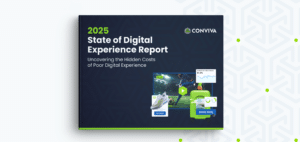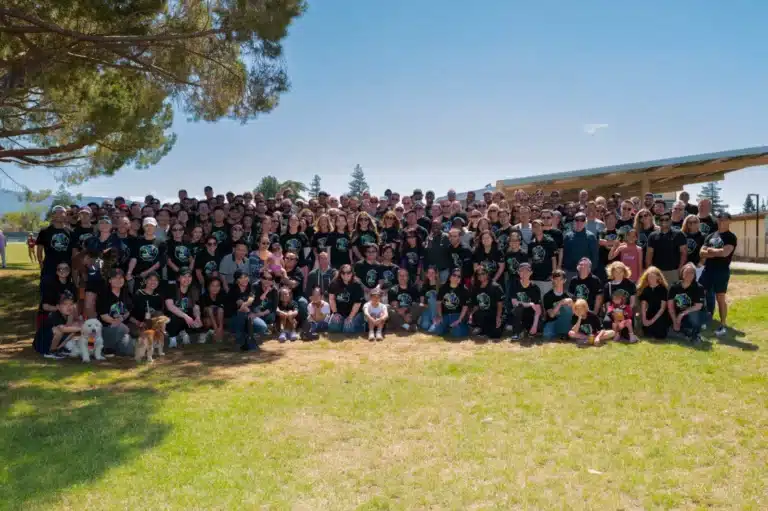To make the right moves, video-on-demand operations need to measure and improve audience quality of experience. That’s a given: You need actionable data.
“Actionable” means more than getting relevant metrics. That’s the bare minimum. You need every-session, real-time streaming analytics that provides the appropriate context for the most important decisions your organization makes.
Key takeaways:
- You no longer have to store data and process it later; you can get instant metrics efficiently.
- Getting a big-picture, end-to-end view of events for each user provides unique QoE insights.
- Your service problems won’t wait — your audience won’t wait. You need to act in real-time to resolve issues.
- You can make more efficient optimization and issue-resolution decisions when you have truly actionable analytics.
Considering the State of the Industry: A Shift Towards Real-Time Streaming Analytics
The data analytics industry is seeing a shift as more companies move to real-time streaming analytics. This model allows companies to obtain timely insights in context and in session.
Some industries can still rely almost completely on older architectures. Others can’t. Up-to-the-minute analytics for streaming operations, such as video-on-demand and live broadcasting, provide a competitive advantage that you’ll learn about in this article.
Looking forward, as enterprises across industries shift to real-time updates, it’s likely that you’ll see leaders choosing streaming analytics over data mining for day-to-day tactical decisions. Who knows — it might even be something that becomes crucial to artificial intelligence CEOs or advisors.
Whether or not you are ready to hand over your decisions to the machine hive mind, the streaming analytics model can give you insight that your services need and your competitors might not have. Improve QoE, reduce cost of ownership, and make more reliable in-the-moment decisions: It’s all possible — and even practical.
Understanding the Elements of Actionable Data Analytics
Your data stream represents an asset. It’s a wealth of information about the most important aspects of your operation.
As a stream, however, it is not actionable. To turn it into a form that helps you make decisions, you need some kind of real-time streaming analytics solution that provides context on every user session.
In Context
Getting the big picture is important in any business. The right perspective lets you consider all of the relevant factors in every decision that you make.
In publishing and broadcasting, this usually means things such as having information about the end-to-end network path. The more granular your analytics are, the more flexible you can be in various aspects of your operations. That’s because you’ll have the context necessary to get to the root of any problematic patterns — regardless of how complex your system becomes.
In Session
You need to be able to place user experience within the larger context of your delivery system. This helps you understand not only the conditions of the network but also the unique aspects of each session and end-user device.
Drilling down into the session level can unlock patterns that are not available through the overall picture of network performance. This census approach to user experience metrics is the final piece of the actionability puzzle for many streaming enterprises.
In Real-Time
To act in time, you have to know about things as they happen. It’s only recently that this tactic has become cost-effective at scale on every session.
Expanding on Real-Time: Decision Timeframes
So, why do you need to be able to know anything, anytime? The simplest answer is that it gives you an edge — or at least makes you competitive.
The need for real-time streaming analytics in media publishing comes from the timeframe you have to make an ops decision. In other words, you have to take action before the problem has played itself out.
Network volatility is a classic example of a short-lived VoD mini-disaster. Imagine a situation where you have a strategy in place for a multi-content delivery network. (Since it’s becoming the industry standard, it probably isn’t too hard to imagine.)
Volatility could result in service degradation across any one of those systems at any time. The cause of this QoE loss could last minutes or hours. Your time limit to solve the problem proactively is equal to the length of the disturbance.
If you’re stuck looking at historic data, fractured information, or slices of your audience, you might not even know the problem exists as it’s happening. In the best-case scenario, you might be able to react with a major reroute, potentially causing more problems than you solve.
If you can get real-time insight into these types of events, it increases your resolution options significantly. It lets you see the problem, take efficient steps, and even outperform your competition in time-sensitive missions such as live broadcasts.
Expanding on Context/Session: Holistic Experience Measurement
One of the mistakes people make in this industry is focusing too much on one aspect of the audience experience. That is, focusing on analytics from just the video player when making QoE optimization or issue-resolution decisions.
Users often have exposure to various other aspects of the service before they even get to the player. Examples might include the app experience on mobile or OTT.
You probably already measure UX on your apps and websites. However, if it doesn’t truly form a cohesive, real-time stream of events that integrates well with the video player analytics, it probably is not providing the insight you need to connect the dots between these different aspects of overall QoE.
Think about getting the big picture. Moving to an integrated, real-time streaming analytics solution should solve some of those mysteries that a fragmented approach creates.
Getting to QoE
There are definitely QoE-improvement steps you can take without using analytics on streaming data. You can use the classic high-latency or historical-review approach to inform actions you take with your CDN vendors, for example.
The problem is that delayed resolutions do not bring back lost audience members. Real-time analytics enable higher QoE. That’s the way to keep your market share — and even pick up the slack that your less-agile competitors are leaving.
Implementing Tactics that Support Strategies
Real-time streaming analytics provides the information you need to inform tactical decisions. That lets you efficiently implement your strategies to cut costs and increase revenue. Check out our services that integrate with your current system or click here for our demo request page.





